Cheers to innovation
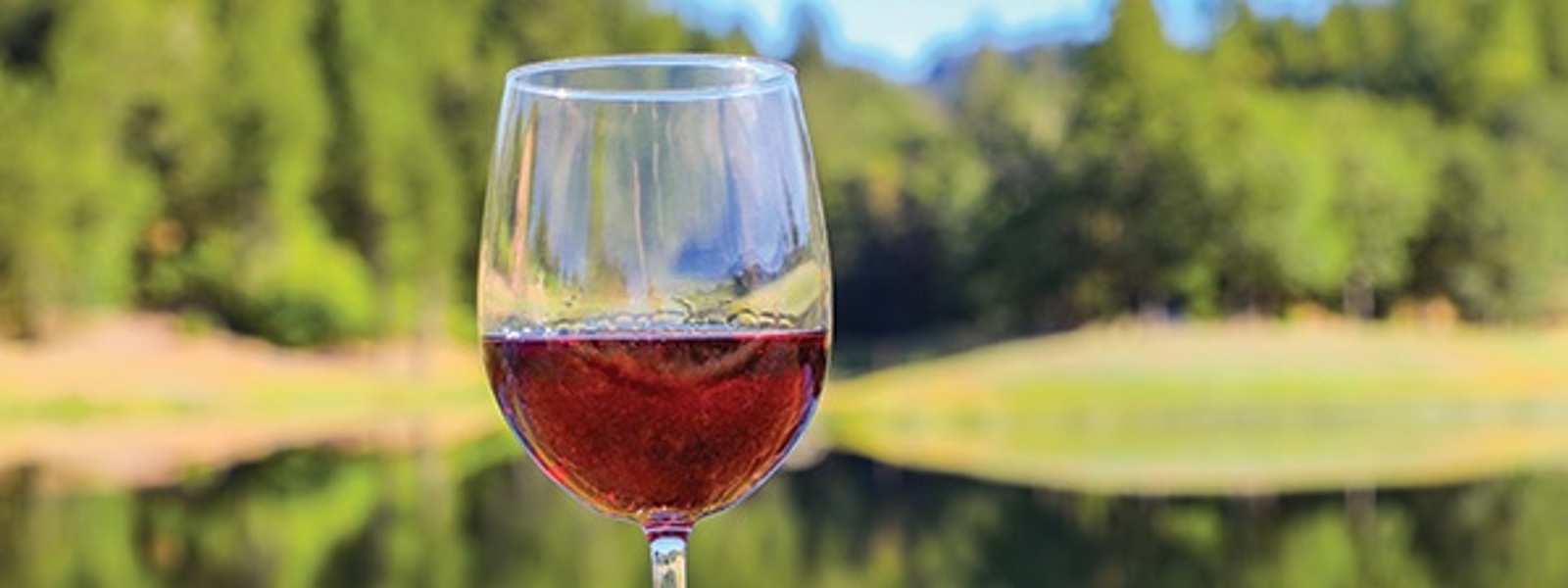
May/June 2023 California Bountiful magazine
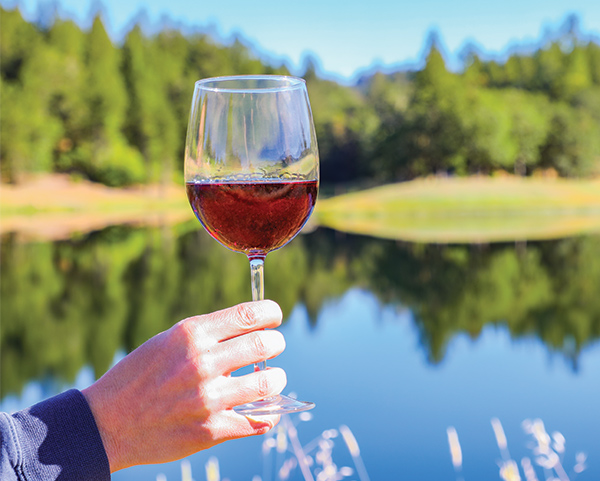
Blueberries are a surprise
ingredient in family’s canned wine
Story by Jolaine Collins
Photos by Karen Pavone
While they’ve been farmers and ranchers in Sonoma County since 1924, members of the Serres family are delving into new territory by combining their winegrapes and blueberries and entering a popular, new product category by making a fruit-forward canned wine.
The sparkling wine—called Serres Ranch Bleusé (pronounced blues-ay, as in blue + rosé)—is a blend of grapes typically used to make rosé wine, grown in the Serres vineyards in the Valley of the Moon region of Sonoma County, and blueberries grown at the family’s Laytonville farm in Mendocino County.
The new wine is a natural progression for the family. For years, they’ve grown red winegrapes for several Northern California wineries. They’ve crafted estate-grown wines for their own use and recently released small lots of wines under the Serres Ranch label for direct-to-consumer sales.
Family patriarch John Serres says the Bleusé wine represents a promising new product line for the sixth-generation farming family. He credits his children for initiating the move.

Diversifying the business
“The kids are carrying the torch, and they’re really picking up the pace,” he says.
His son, Buck Serres, proposed the idea of diversifying their business by combining blueberries with one of the 11 winegrape varietals that the family grows.
“The idea of making Bleusé came from a family brainstorm,” John says. “Our goal was to make a nice, light wine to enjoy in warm weather by using the most floral, easiest drinking winegrape we grow.”
Daughter Taylor Serres Murnig adds, “We wanted to expand our operation by using what we have and also give customers the opportunity to enjoy the fruits of our labor year-round.”
The family settled on combining their Aleatico grapes, an obscure Italian varietal known for producing light and floral rosé wines, with their northern highbush blueberry variety, Duke.
“We experimented with the recipe for the first three years, and we’re very excited about where we landed with Bleusé. It has so many aromatics and floral characteristics,” Taylor says, noting that the 2023 vintage will be the family’s fifth.
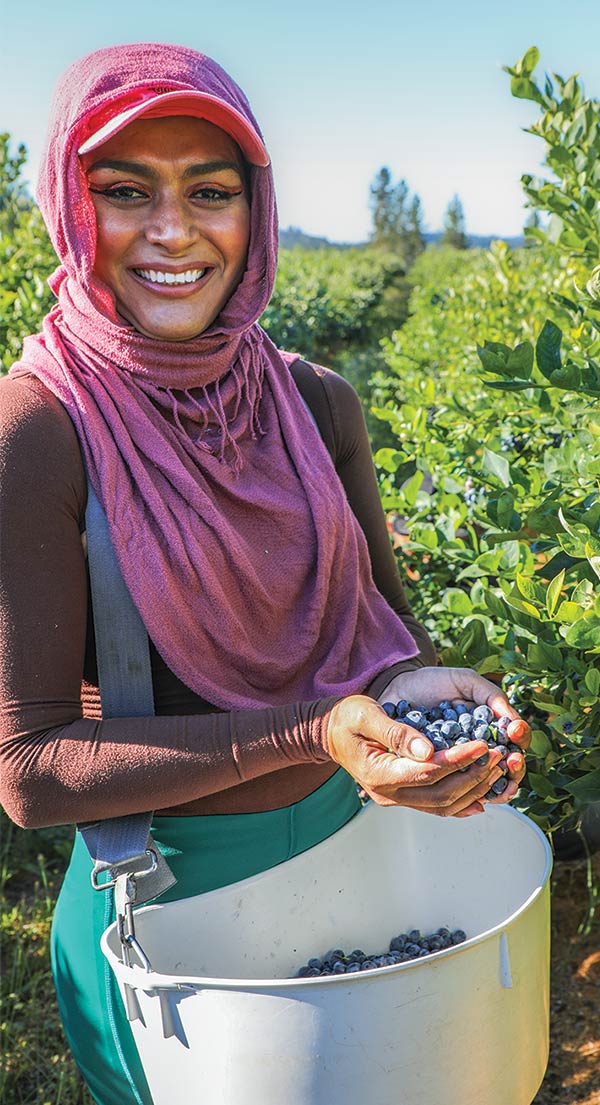
Harvesting two crops
The timing of harvesting both crops works well for the wine’s production schedule, spreading the workload throughout the year. The blueberries are typically picked in June and July, while the grapes are harvested in September and October.
While most of the fruit from the family’s 20-acre blueberry farm is destined for Northern California retail outlets and farmers markets, some of the roughly 200,000 pounds harvested annually are set aside to make Bleusé wine.
Those flavorful, fresh blueberries are frozen whole and held until the fall, when they are brought to a custom crush facility in Sonoma County. After defrosting, the blueberries are added to the pressed grape juice in large fermentation tanks, where the fruits are left to co-ferment.
“The winemaking teams at the custom crush facility often talk about enjoying the wonderful aromatics created during co-fermentation,” Taylor says.
The result is an effervescent, off-dry floral wine with lush bursts of fresh blueberry flavors and an 11% alcohol content that provides a light kick.
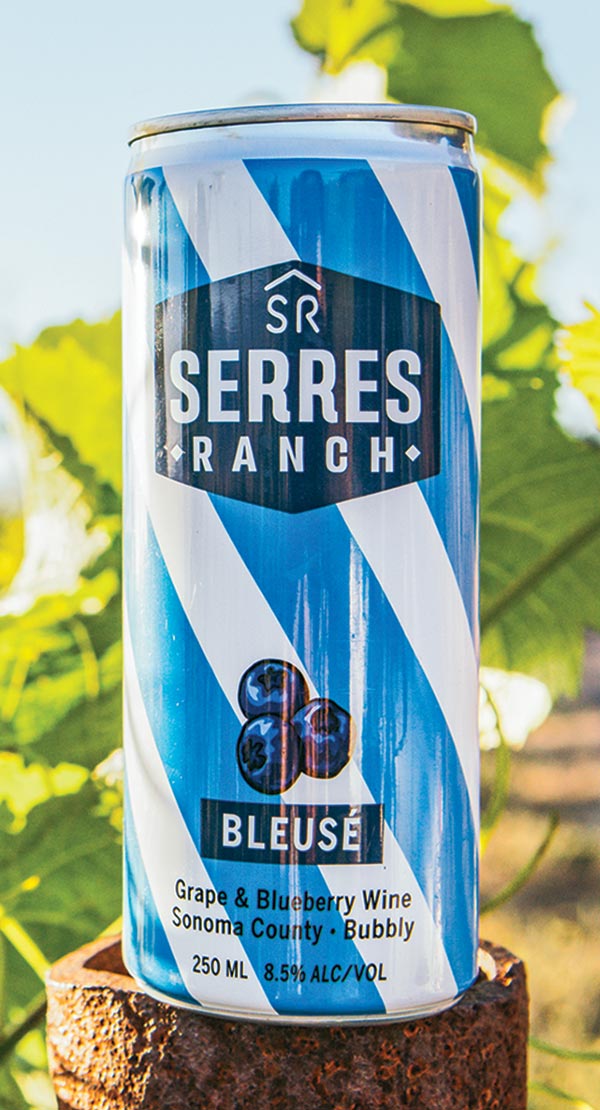
Summer sipping
The bright, natural acidity of Bleusé makes it a perfect poolside sipper, Taylor says, and its lightweight, blue-striped cans provide convenient single servings for picnics.
Chaiya Miranda of Glen Ellen is a fan.
“I expected Bleusé to be sweet, sort of like a seltzer,” she says. “It’s light and dry, which surprised me. I also like that there’s nothing added. It’s great on a hot day, straight out of a can or served on ice.”
“People are often surprised that Bleusé is not super sweet,” Taylor says. “It’s not made from concentrate, which would have a high sugar content. Bleusé only contains blueberries and winegrapes, and it has a lot of earthy and floral characteristics. It doesn’t taste like a blueberry muffin.”
Bleusé can be the base of a refreshing summer punch by mixing it with ingredients such as ginger beer, elderflower syrup, fresh blueberries and limes. It pairs well with charcuterie; the slight tartness of the blueberries offers a complementary contrast to goat cheese topped with honey.
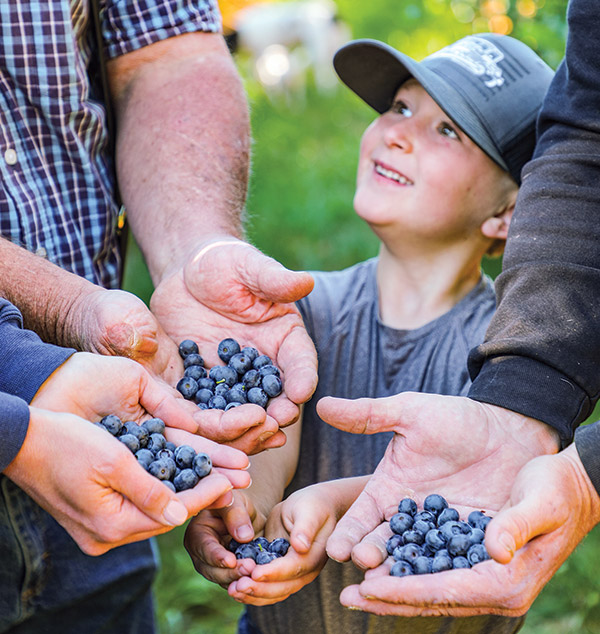
Family farming
The Serres family works together as growers, packers and shippers. John and Buck split their time caring for the crops at both farms—the Sonoma County vineyard that John planted and the blueberry bushes that thrive in Mendocino County. John oversees shipping, while Taylor manages the packing operation, marketing and sales.
“Our mission is to grow superior fruit,” John says. “It’s got my name on it.”
“With Bleusé wine, we’re able to share the best expression of our grapes and berries combined,” Taylor says.
What? Wine made without grapes?
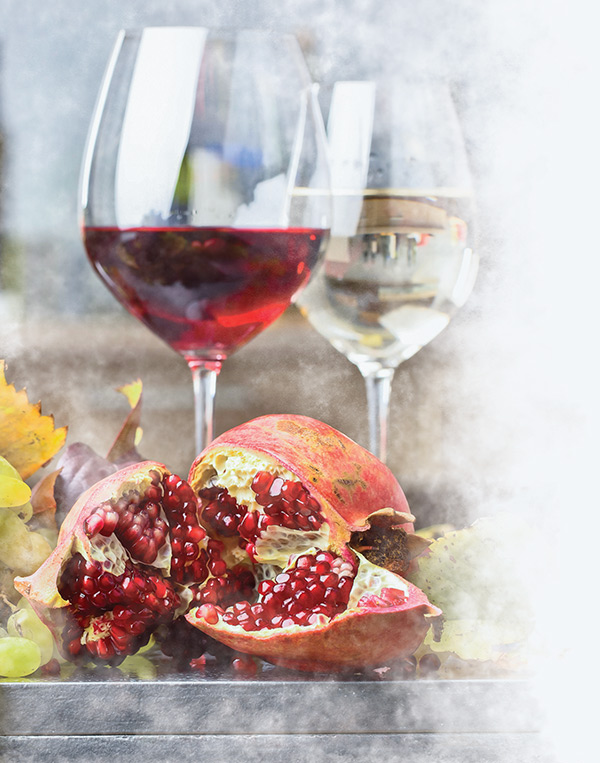
Most wines are made with grapes only, but some winemakers skip the grapes altogether and use other fruit instead. These fruit wines are limited only by the varieties of available fruit and the imagination of winemakers.
Fruit wines—which can be sparkling or still—may be made of berries, cherries, plums, pomegranates, pineapple and even bananas. Flavors can be nuanced with herbs and flowers.
Winemakers around the world have experimented with fermenting fruit and plant materials for centuries. In the United Kingdom, fruit wines are called country wines—a nod to the farmers who’ve traditionally made them.
While fruit wines typically contain alcohol levels similar to grape wine (10% to 15% alcohol by volume), low-alcoholic versions are also available.
Fruit wines are best served chilled, in wine glasses that show off their color and fruity aromatics. Enjoy them with fruit-based dishes or cheese, or use them as the base of a sparkling punch.

